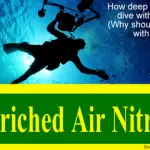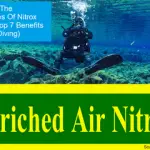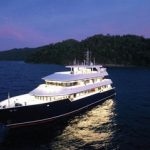
There are many advantages to nitrox diving, but there are also a number risks and disadvantages of nitrox diving too. These risks and disadvantages are important to understand before you decide on nitrox diving.
Disadvantages of Nitrox diving
- Nitrox is not appropriate for deep dives.
- Nitrox tank fills are more expensive than air.
- Higher oxygen toxicity risk with Nitrox.
- Nitrox not always available.
- Not everyone dives with Nitrox.
- Nitrox requires specialist gear and training.
- Greater risk of explosion using pure oxygen.
The best way to do more diving is to book yourself on a scuba diving liveaboard. You can check the latest and best deals on liveaboards using the following window:
1. Nitrox is not appropriate for deep dives
Nitrox contains a higher concentration of oxygen than normal air, which means Nitrox gas mixes become toxic at shallower depths than air so Nitrox is not good for deep dives.
For example 32% oxygen becomes toxic at depths in excess of 34 metres (112 feet) and 36% oxygen at 29 metres (95 feet). Whereas regular air with 21% oxygen doesn’t become toxic until a depth of 60 metres (197 feet).
2. Nitrox tank fills are more expensive than regular air fills
A disadvantage of Nitrox diving is that Enriched Air Nitrox (EAN) tank fills are more expensive than regular air tank fills. This is because dive tank air filling stations require specialist equipment and procedures to fill a dive tank with Nitrox.
Also, pure oxygen which is used to create Enriched Air Nitrox is expensive.
3. Higher oxygen toxicity risk with Nitrox
Nitrox gas mixes become more toxic at shallower depths than regular air, which means there’s a greater risk of oxygen toxicity when Nitrox diving. But if you follow the maximum partial pressure limits for oxygen when diving with Enriched Air Nitrox you have no reason to worry about oxygen toxicity.
This useful Nitrox bottom time table includes the maximum Nitrox depth limits to avoid oxygen toxicity:
Nitrox bottom time calculator table
| Depth Metres (MSW) | Depth Feet (FSW) | Minutes of bottom time on 21% Oxygen BSAC Dive Tables | Minutes of bottom time on 21% Oxygen PADI Dive Tables | Minutes of bottom time on 21% Oxygen NAUI Dive Table | Nitrox 28% Oxygen (Max No Stop Time) | Nitrox 30% Oxygen (Max No Stop Time) | Nitrox 32% Oxygen (Max No Stop Time) | Nitrox 34% Oxygen (Max No Stop Time) | Nitrox 36% Oxygen (Max No Stop Time) | Nitrox 38% Oxygen (Max No Stop Time) | Nitrox 40% Oxygen (Max No Stop Time) |
|---|---|---|---|---|---|---|---|---|---|---|---|
| 12 | 40 | 122 | 140 | 130 | 232 | 232 | 371 | 371 | 371 | 354 | 354 |
| 15 | 50 | 74 | 80 | 80 | 125 | 125 | 163 | 163 | 232 | 232 | 260 |
| 18 | 60 | 51 | 55 | 55 | 74 | 92 | 92 | 125 | 125 | 163 | 163 |
| 21 | 70 | 37 | 40 | 45 | 48 | 60 | 60 | 74 | 92 | 92 | 125 |
| 24 | 80 | 30 | 30 | 35 | 48 | 48 | 48 | 48 | 60 | 60 | 74 |
| 27 | 90 | 24 | 25 | 25 | 39 | 39 | 39 | 48 | 48 | Exceeds 1:40 Po2 LIMIT | Exceeds 1:40 Po2 LIMIT |
| 30 | 100 | 20 | 20 | 22 | 30 | 30 | 30 | 39 | Exceeds 1:40 Po2 LIMIT | Exceeds 1:40 Po2 LIMIT | Exceeds 1:40 Po2 LIMIT |
| 33 | 110 | 17 | 16 | 15 | 25 | 25 | 30 | Exceeds 1:40 Po2 LIMIT | Exceeds 1:40 Po2 LIMIT | Exceeds 1:40 Po2 LIMIT | Exceeds 1:40 Po2 LIMIT |
| 40 | 130 | 12 | 10 | 8 | 15 | Exceeds 1:40 Po2 LIMIT | Exceeds 1:40 Po2 LIMIT | Exceeds 1:40 Po2 LIMIT | Exceeds 1:40 Po2 LIMIT | Exceeds 1:40 Po2 LIMIT | Exceeds 1:40 Po2 LIMIT |
Exceeds 1:40 Po2 LIMIT: The partial pressure limit of oxygen is exceeded at that depth (see "How does oxygen toxicity occur" below).
Notes:
The depths and times in this table have been based on BSAC/PADI air dive tables and the National Oceanic and Atmospheric Administration NOAA nitrox tables. This has been done for comparison purposes only and this should not be used to plan or carry out your dive. Please use the tables associated with your diver training or use a dive computer for your dive times. Nitrox 32% and Nitrox 36% oxygen mixes are the most common nitrox mixes used by nitrox divers.
4. Nitrox is not always available
Another disadvantage of Nitrox diving is that not all dive shops and dive resorts offer Nitrox tank fills. Also, not all dive liveaboards offer Nitrox diving, even though enriched air nitrox is becoming increasingly popular in recreational diving.
If you want to book a dive liveaboard to dive with Nitrox, look for “Nitrox Available” in the description.
Table of dive liveaboards
This list of liveaboards is in descending customer rating order, followed by Scuba Diving Luxury Rating (SDE Lux Rating, see below), so the liveaboards with the highest customer rating and the best SDE lux rating will be at the top of the list. If you want to change the list order, use the “Sort by” dropdown below.
| Discover Liveaboard | Customer Rating | SDE Lux Rating % | Flexible Booking | Dive Courses | Dietary Requirements | Nitrox | Country | |
|---|---|---|---|---|---|---|---|---|
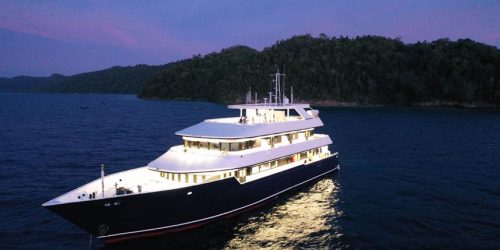 |
Review: MV Seaisee; Book: MV Seaisee | 10 | 90% | YES | NO | YES | YES | Indonesia |
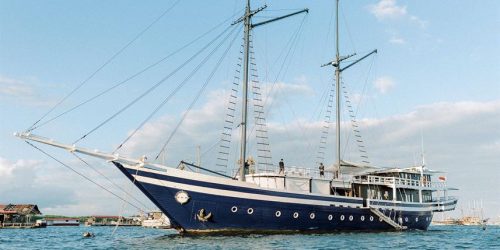 |
Review: Scubaspa Zen; Book: Scubaspa Zen | 10 | 88% | YES | YES | YES | YES | Indonesia |
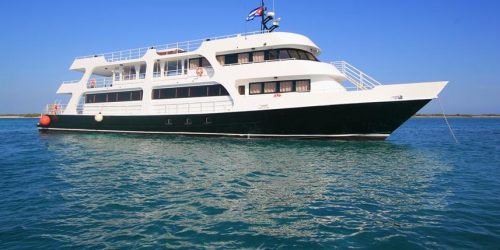 |
Review: Jardines Avalon Fleet - Charter Only; Book: Jardines Avalon Fleet - Charter Only | 10 | 83% | YES | NO | YES | YES | Cuba |
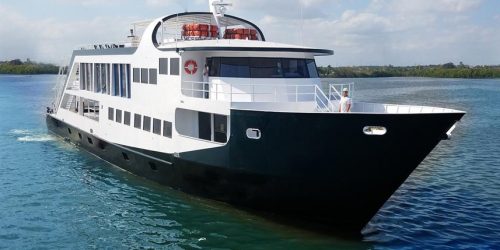 |
Review: Jardines Avalon Fleet; Book: Jardines Avalon Fleet | 10 | 83% | YES | NO | YES | YES | Cuba |
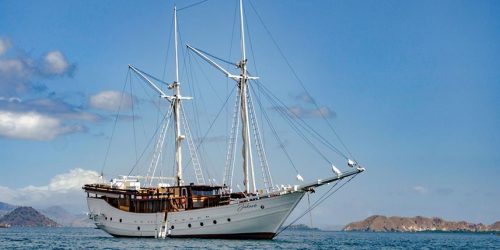 |
Review: Jakaré; Book: Jakaré | 10 | 81% | YES | YES | YES | YES | Indonesia |
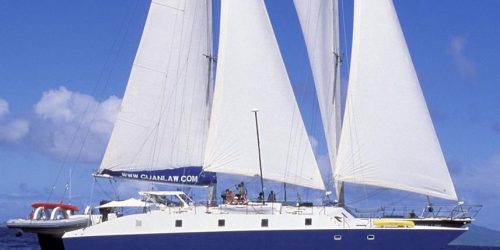 |
Review: All Star Cuan Law; Book: All Star Cuan Law | 10 | 79% | YES | YES | YES | NO | Virgin Islands |
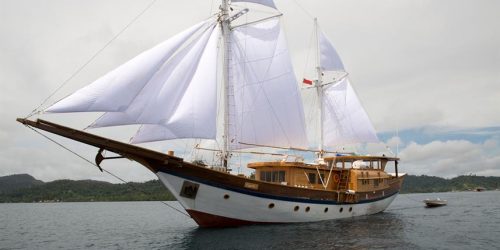 |
Review: Leyla; Book: Leyla | 10 | 73% | YES | YES | YES | NO | Indonesia |
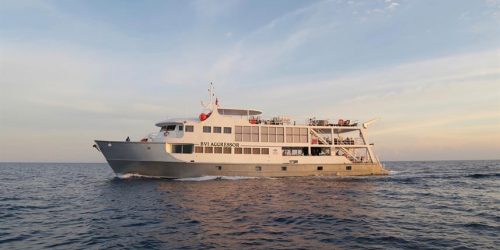 |
Review: BVI Aggressor; Book: BVI Aggressor | 10 | 71% | NO | YES | YES | YES | Virgin Islands |
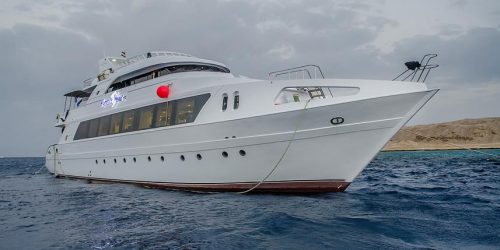 |
Review: MY Hammerhead I; Book: MY Hammerhead I | 10 | 71% | YES | YES | YES | YES | Egypt |
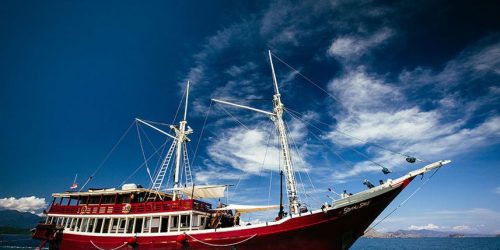 |
Review: Seven Seas; Book: Seven Seas | 10 | 71% | NO | NO | YES | YES | Indonesia |
The Scuba Diving Earth Luxury Rating (SDE Lux Rating) is explained on each liveaboard review when you click the “Discover Liveaboard” link, and is my own Liveaboard Luxury Rating I’ve assigned to all liveaboards. Choosing between liveaboards is helped by customer scores, and if you get stuck choosing between two or three liveaboards, where each one has a high customer score out of 10, you can use the SDE Luxury Rating to help narrow down your choice.
Think about it like using Booking.com when searching for the best hotel. Booking.com also use a customer score where each customer rates hotels out of 10. This is similar to the liveaboard customer rating, which is also rated out of 10. But let’s say you only like to stay in hotels rated 8 and above on Booking.com, but you also want the hotel to have WIFI or parking, or to have a swimming pool etc. The features each hotel has is usually secondary to the score out of 10.
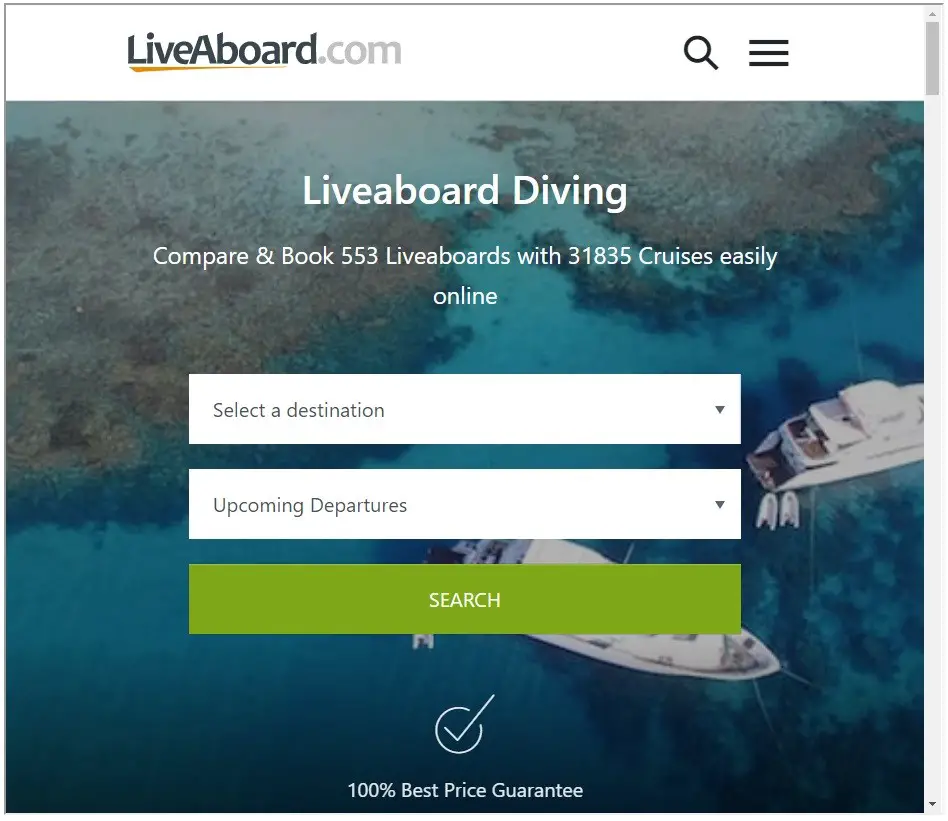
5. Not everyone dives with Nitrox
The best way to take full advantage of the benefits of Nitrox diving you need to find a dive buddy who also uses Nitrox. But not every diver dives with Nitrox, which means you may have to compromise on the dive profile to match that of your dive buddy who might be diving on a regular air fill.
Nitrox diving compromises include:
- The dive depth will be restricted to the buddy who has the highest Nitrox percentage in their dive tank.
- The dive bottom time will be restricted to the lowest Nitrox percentage between dive buddies.
- Surface intervals will need to be based on the buddy who has the lowest Nitrox percentage gas fill.
6. Nitrox requires specialist gear and training
Nitrox diving requires specialist equipment, which includes an Oxygen Analyser to analyse your tank’s Nitrox mix and a Nitrox-ready dive computer. You will also need specialist Nitrox certification, which is an addition training cost too.
- All scuba divers who use Enriched Air Nitrox are responsible for analysing their own Nitrox air fills, which is what the Oxygen Analyser is used for.
- The Nitrox-ready dive computer is for Nitrox Diving to take account of the specific Nitrox gas mix you use on the dive. Your special Nitrox computer will take account of the higher concentration of oxygen when calculating maximum depths and bottom times.
- Dive planning needs to take account of Enriched Air Nitrox concentrations and the no decompression stop limits.
7. Enriched Air Nitrox means a greater risk of explosion using pure oxygen
Dive centres use pure oxygen when mixing Enriched Air Nitrox for dive tanks. Having pure oxygen on site creates a greater risk of explosion as oxygen is an oxidizer, which means it supports the process of combustion.
This means that dive centres need to take additional precautions with oxygen tanks.
I hope you enjoyed this article about the disadvantages of Nitrox diving
I’d love to hear from you. Tell us about your adventures of diving and snorkeling, in the comments below. Please also share your photos. Either from your underwater cameras or videos from your waterproof Gopro’s!
If this article hasn’t answered all of your questions. If you have more questions either about snorkeling or scuba diving (or specifically about the disadvantages of Nitrox diving), please comment below with your questions.
There will also be many more articles about scuba diving (and snorkeling) for you to read and learn about these fabulous sports.
Have fun and be safe!


